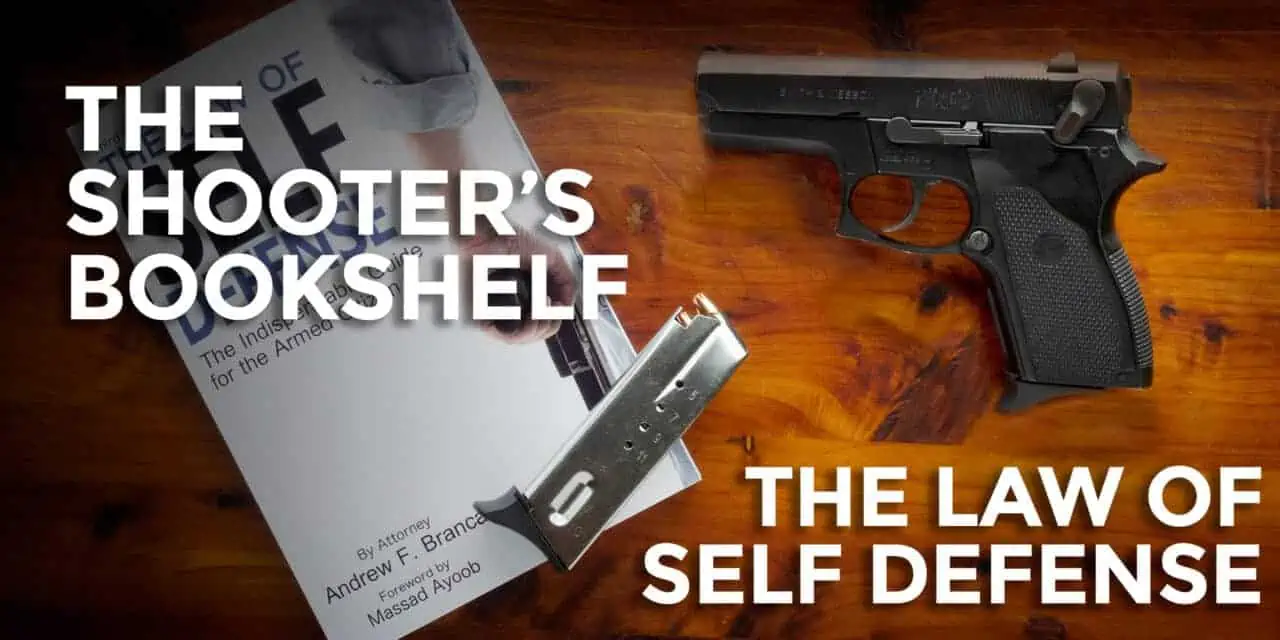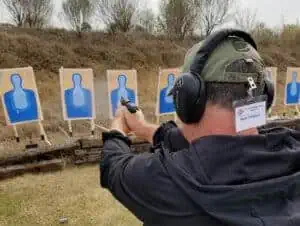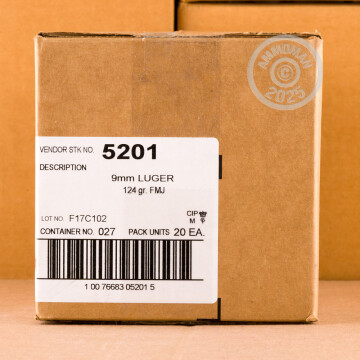A few years ago, I attended a free self-defense law seminar put on by a local criminal defense attorney. He was thoughtful, well-informed, and gave a good overview of how a successful self-defense case would proceed in a Florida court. Things were different when it came time for questions from the audience, though. The vast majority of questions from my fellow gun owners outlined far-fetched scenarios about when they could use their firearms within the bounds of the law. The seemingly random nature of the questions intrigued me. It struck me that most gun owners know the underlying principles of defensive pistol marksmanship, but we have no idea about the underlying principles of defending ourselves in court after we need to defend a life with a firearm. This is where Andrew Branca’s book, “ The Law Of Self Defense” comes in handy.
Andrew Branca is a lawyer who specializes in the legal use of force for self defense. Branca is in his third decade of practicing law and has lectured on self-defense law at the Federal Bureau of Investigation’s National Academy at Quantico and other nationally-recognized training academies. He’s also a competitive shooter and an avid supporter of the Second Amendment. In addition to writing “The Law Of Self Defense,” he conducts seminars on legal issues around self-defense and he maintains a website, lawofselfdefense.com, which has more options for people who want to know more about how to win the legal fight that may happen when the gunfight ends.
Practicing The Law Of Self Defense Is Best Left To Lawyers
First off, let me state the obvious. I’m not a lawyer. Nothing I’m about to say here is to be implied or considered as legal advice. Lawyers go to school for many years so they know how to do the legal stuff. Go talk to a lawyer if you want actual legal advice, because you’re not getting it here.
Second, rather than writing “God forbid” every time I talk about using lethal force, let’s all agree that having to use a firearm to defend a life is literally a weapon of last resort. When we talk about being in a situation where life and limb are on the line, it’s not something we are eagerly looking forward to. Rather, we understand that lethal force is being used, as Massad Ayoob says, only in the gravest extreme. Not “the gravest everyday occurrence,” and it is certainly not “Boy, I hope this happens to me because I want to see how my skills and gear work in real life!”
Got it? Good, now let’s move on.
Win BOTH the gun battle and the legal battle afterwards
At its heart, “The Law Of Self Defense” is about reducing your vulnerabilities in court in much the same way that you work on reducing your vulnerabilities to your safety. Prosecutors don’t try every case, they have a tendency to try cases they can win, and if the case in front of them looks like it’s a slam dunk acquittal, they’ll move on. We practice on the range to improve our skill with our defensive firearm of choice, and we spend hours in the gym learning how to reduce our physical vulnerabilities. What the “The Law Of Self Defense” does is lay you out some of the essential elements of reducing our legal vulnerability, long before we enter the courtroom.
One of the nicer things about this book is that it walks you through the legal process involved with defending a life, from start to finish. The book places a special emphasis on removing potential legal minefields before you stumble into them, such as why having options in between de-escalation and a pistol is so important. It also stresses the importance of keeping out of trouble. There’s a common saying in the self-defence community that the easiest fight to win is the one you avoid getting into. The same is true of courtroom battles. The easiest ones to win are the ones that never happen because you understood the legal ramifications of getting into a fight.
A Road Map For Navigating American Courtrooms
Another big takeaway from this book is a better understanding of how the laws of this country are implemented. The book has relevant legal cases sprinkled throughout which show how the specific laws apply to specific situations. However, rather than just quote the relevant law, the author shows how the laws were interpreted by the courts, and how that pertains to the topic at hand. This, in turn, gives the reader a better idea of how their case might proceed if they find themselves in the unfortunate position of having to appear in court after a self-defense incident.
Reasonableness: Tying It All Together: Given What You Knew At The Time, Did You Act Correctly?
The book lays out the five essential elements to a successful plea of self-defense. The one that made the biggest impression on me as I read this book, though, was the element of reasonableness. What would a reasonable person, knowing what I knew at the time I needed to use my gun, have done in that same situation I was in? The book lays out that the key to this principle is being able to explain what I knew, and how it applied (or not) to the situation that I faced at that moment.
This is one of the many reasons why documenting your training and research into self defense law becomes important. Showing the jury a stack of certificates from the firearms training schools you’ve attended, marked-up copies of all the books you’ve read on this subject, and a list of trainers that is a mile long will accomplish two things. First, it will help the jurors understand your mindset and how you reached the conclusion that lethal force was needed at that moment. The more you can talk about things like the Cooper Color Code and Tueller Drill and other such topics, the more you can show you took all of these into account when everything went really bad around you.
Secondly, all those pieces of paper and all those witnesses testifying on your behalf are items which the prosecution is going to have to rebut in court. If you can show overwhelming evidence that a reasonable person, knowing what you knew at the time, would act just like you acted, it should present a formidable challenge to the prosecution’s case.
Snap Decisions Made From A Lifetime of Experience
There is so much more to this book than just those five points, and that’s not counting Branca’s excellent legal defense seminars. If you’re thinking there’s a lot to successfully defending your actions in court, you’re right, there is. What’s worse is, we haven’t even begun to talk about how much this is going to cost you. Lawyers and expert witnesses aren’t cheap, and you could easily face financial ruin, even if you did everything correctly.
This is one of the best things about “The Law Of Self Defense.” If you read it, you’ll learn just how high the stakes really are in a lethal force encounter. This, in turn, will help you follow the five principles that are at the heart of a successful claim of self defense. If you carry concealed on a regular basis, you should own a copy of this book.




